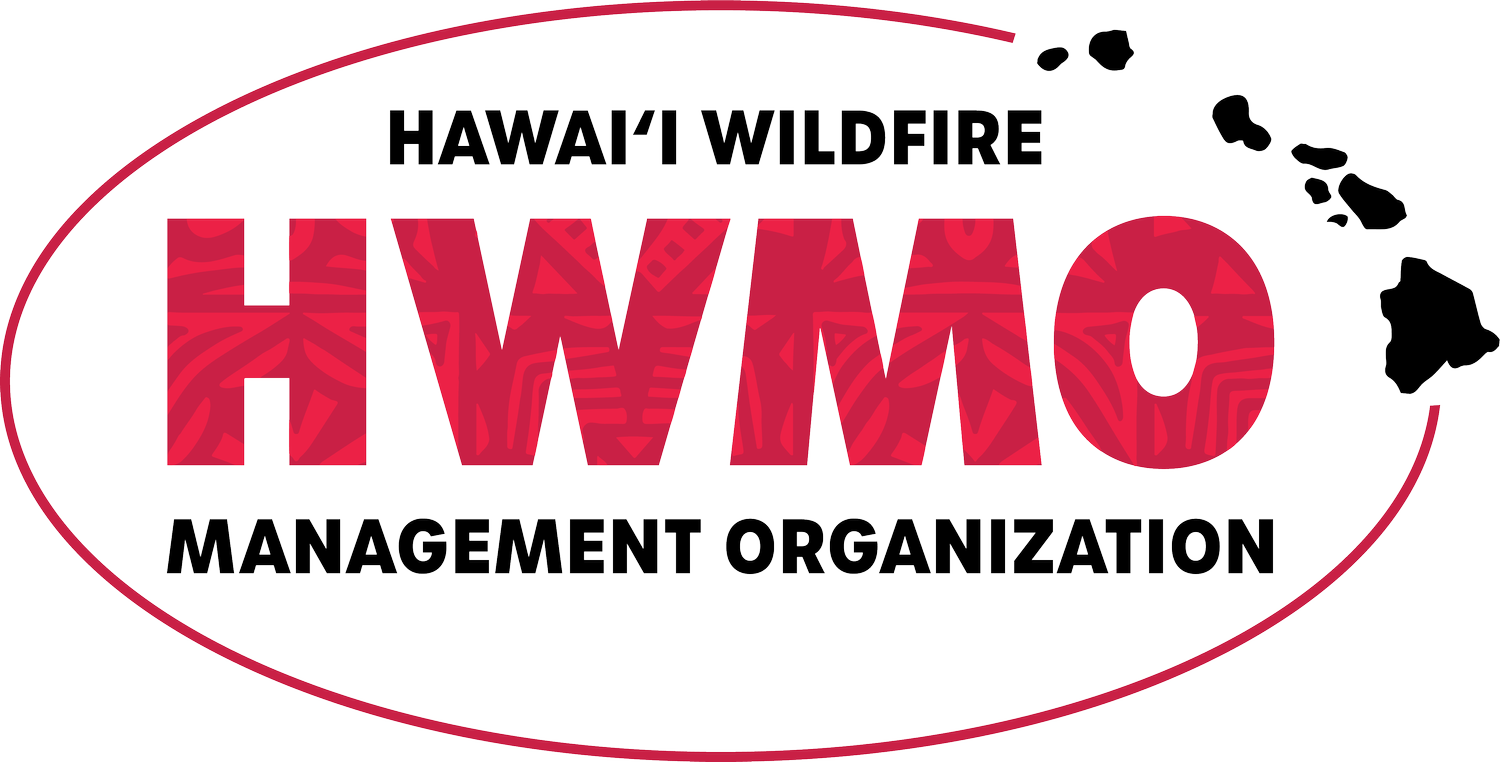Aerial Assessment Reveals Extensive Damage in Puna (VIDEO)
New aerial footage shows extent of damage in Puna - "big tall trees down in every direction."
Massive trees on the ground not only pose a hazard currently but down the road, as well. A sudden extreme build-up of fuels on the ground poses a huge wildfire risk, especially once El Niño's extended drought season hits.
Pay attention to your surroundings...is your area now a high risk area? Take action with your neighbors to clear dead and down trees before it becomes a major problem in the future.
It will take a community effort to get through this, but continue to stay resilient and strong.
From the Source:
"A Hilo Army National Guard crew took Hawai'i County officials on a damage assessment flight Saturday afternoon and the destruction in lower Puna is extensive.
'It's a lot worse than we expected,' said John Medeiros, the Deputy Director of Environmental Management. 'Our priority is to open those arteries so we can get down to those areas where people are trapped,' Medeiros said, referring to the dozens of toppled albizia trees that are blocking roadways. The area is surrounded with the invasive tree, which Medeiros says grows tall rapidly and is very brittle. 'It's just like toothpicks breaking when it dries out. That's a devastating tree we have all over this area, that's why we had such a problem.'
Officials say Nanawale and Leilani Estate neighborhoods, along with coastal community Kapoho, appear to be the hardest hit and are their top priorities.
Access and communication are the two biggest obstacles right now.
Officials say Kapoho residents were completely trapped in their neighborhood until just after 11 a.m. Saturday when crews were finally able to clear one road up to the main highway. However, Government Beach Road along the coast is still shutdown.
'It's pretty devastating the amount of trees on the ground and the community the roads are really blocked. Across the islands, it's not devastated but I tell you there are some communities here that are devastated and that's what we need to consider,' said Major General Darryll Wong of the Hawai'i National Guard, who was onboard the Black Hawk flight."















